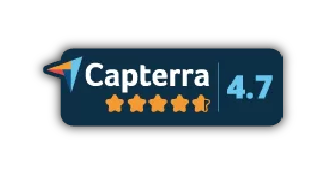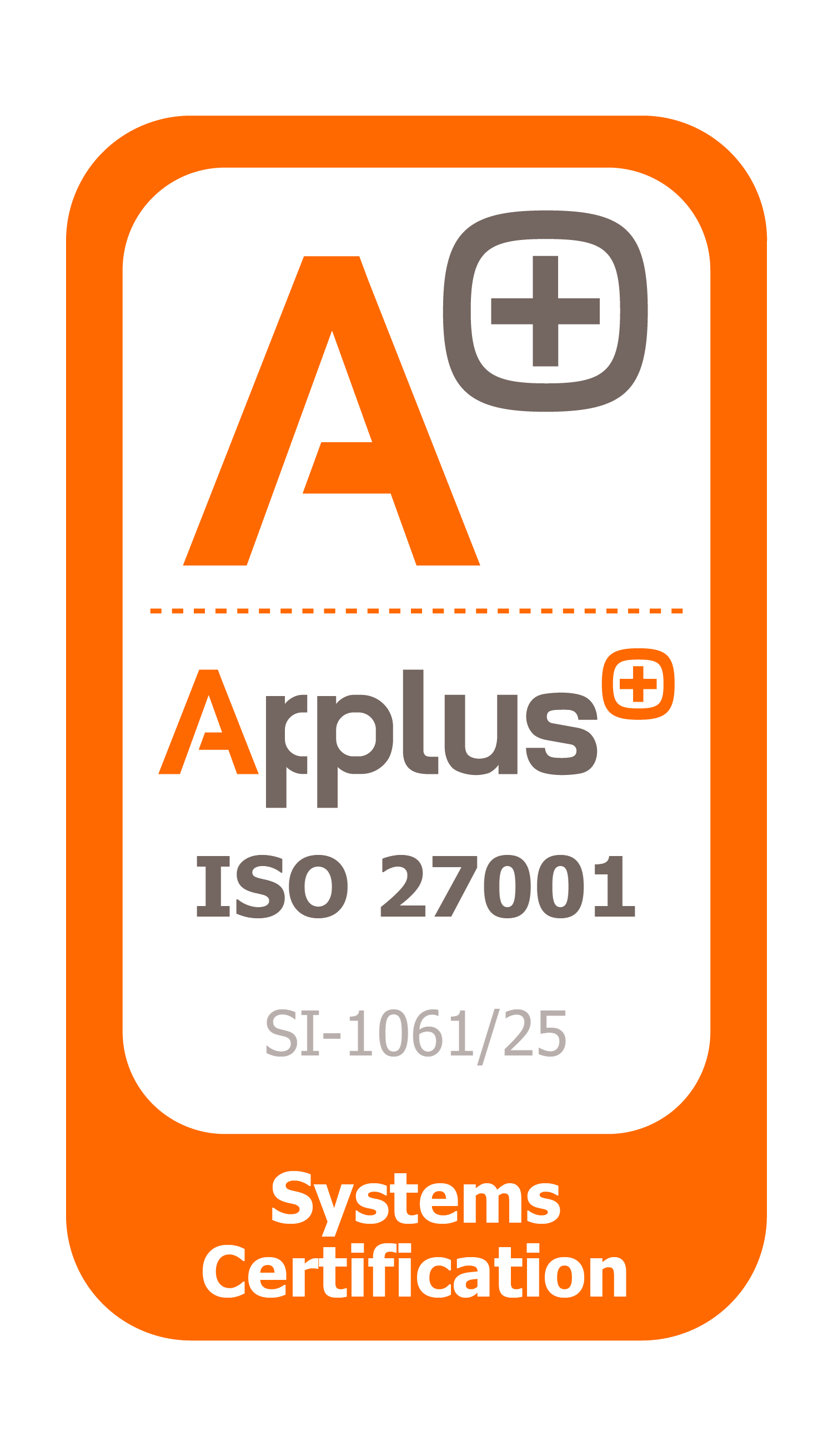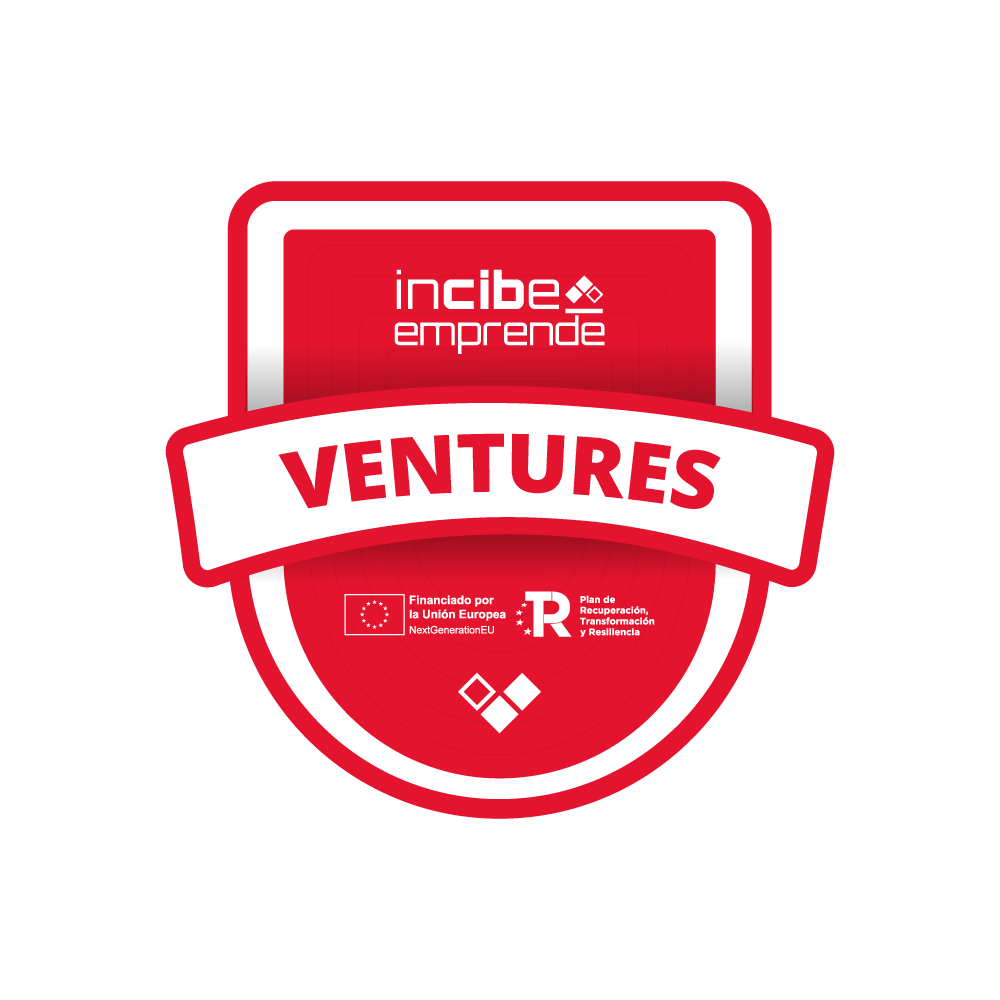The onboarding process is a key strategy within an organization to ensure the proper integration of a new employee into the company. It consists of a set of planned actions that facilitate their adaptation to the corporate culture, their work team, and the tasks they will perform. A good onboarding not only accelerates employee productivity but also improves talent retention and strengthens long-term commitment.
This process is especially relevant in a world where employee turnover is an increasing concern for companies. According to various studies, the first 90 days in an organization are crucial in determining whether an employee will stay in the company long-term. Poor onboarding can lead to demotivation, lack of clarity about responsibilities, and, in the worst case, early resignation. That is why companies should see it as a strategic investment.
Key factors for a successful onboarding process
For the integration of a new employee to be effective, it is essential to follow a series of key steps to ensure their smooth and comfortable adaptation:
- Prior planning: Define the onboarding objectives and prepare in advance all necessary documentation, resources, and tools. This involves not only administrative aspects but also cultural and social welcoming.
- Guidance and mentorship: Assign a colleague or mentor to guide the new employee during their first days. Having a reference person within the organization improves confidence and reduces initial stress.
- Structured training: Provide clear information about the corporate culture, internal rules, and procedures. Including learning modules about the company, its mission, and vision can improve employee alignment with corporate values.
- Ongoing monitoring: Assess the onboarding process through periodic meetings to identify needs and enhance the new employee’s experience. These meetings help detect integration issues and address them in time.
- Use of digital tools: Implement onboarding software to automate repetitive tasks, facilitate communication, and improve process organization.
Phases of an effective onboarding process
Onboarding is not a one-time event but a process consisting of several essential phases that must be managed with precision.
Onboarding preparation and goal settingos
Before the arrival of the new employee, it is crucial to prepare their welcome. Planning in this phase is fundamental because it ensures that the employee has all the necessary information and tools from their first day, avoiding delays and confusion.
- Define the onboarding objectives and align them with the company’s strategy. A well-structured plan helps set the employee’s adaptation pace and establish clear expectations.
- Prepare the necessary documentation and tools, ensuring that everything is accessible from day one. Having quick access to essential systems and documents reduces the learning curve.
- Coordinate the welcome with their team and other departments to facilitate social integration. A warm reception improves the initial experience and helps the employee feel part of the company from the very beginning.
📍 Prepare the new employee’s first day with Hybo, ensuring all prior documentation is ready for office access through visitor reservations and assigning a desk via the workspace booking module.
First day of the new employee
The first day is crucial for shaping the employee’s perception of the organization. A poor initial experience can lead to doubts and demotivation, while a well-structured welcome fosters commitment to the company.
- Introduction to the team and workspace. Creating a welcoming environment is key for the employee to feel valued from the start, helping reduce the anxiety typical of the first day.
- Access to essential tools and resources, such as corporate email, management software, and work materials. Immediate availability of these elements allows the employee to start confidently and without delays.
- Explanation of company policies, employee benefits, and role expectations. Misunderstandings at this stage can affect the employee’s perception of their position, making clear and open communication essential.
📍 With Hybo, it is possible to automate access assignments for both office spaces and parking, ensuring a structured and delay-free welcome.
The first week in the company
During the first week, the new employee should progressively integrate into their responsibilities. This period is crucial for them to become familiar with their work environment and start building confidence in their role.
- Training on tasks and internal processes through personalized or group sessions. Structured initial training facilitates the employee’s adaptation to their position.
- One-on-one mentoring sessions with their mentor or supervisor to clarify doubts and receive guidance. This continuous support reduces the learning curve and helps identify potential integration issues.
- Meetings with different teams to understand how their role connects with the rest of the company. Interdepartmental collaboration enhances the company’s global vision and fosters cooperation.
- Setting short-term goals to measure progress and ensure effective integration. Establishing clear objectives motivates the employee and provides a roadmap for what is expected of them.
📍 Hybo allows scheduling follow-up meetings and facilitating training in a centralized way.
Continuous employee monitoring
Onboarding does not end after the first week. To ensure the successful integration of the employee, it is important to maintain continuous monitoring and assess their progress within the company.
- Conduct follow-up meetings at 30, 60, and 90 days to evaluate their experience and identify potential challenges. This type of monitoring helps detect and resolve issues early.
- Assess progress and identify additional support needs, such as extra training or changes in the work environment. Flexibility in this phase allows for optimal employee integration.
- Strengthen communication and employee motivation with positive feedback and development opportunities. Continuous and constructive feedback is key to long-term commitment.
- Foster a culture of trust and openness so employees feel like active members of the company. This helps strengthen organizational culture and increase job satisfaction.
📍 Thanks to Hybo’s functionalities, both engagement and company culture can quickly connect with employees through the challenges module.
Simplify the Onboarding Process with Hybo
A well-structured onboarding process is key to talent retention and company productivity. Hybo offers digital solutions to optimize this process, ensuring a smooth, efficient, and goal-aligned integration.
In addition to streamlining administrative tasks, Hybo enhances the employee experience, ensuring that from day one, they have access to everything they need to perform their job effectively. This results in greater satisfaction, commitment, and performance.
Discover how Hybo can transform onboarding management in your company by turning spaces into new experiences.
















